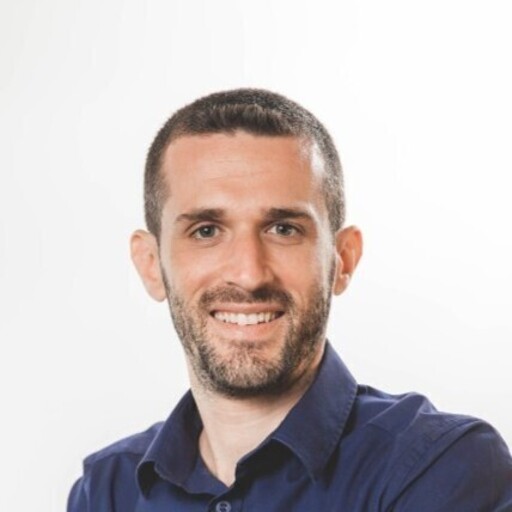Although Amazon FBA handles everything including customer support, storage, packaging, delivery, and returns, you first need to ship your products to their warehouses before this process begins. Making a mistake at this stage could result in significant losses and fixing them could be costly.
Over time, these errors can quickly add up. In fact, research shows that a company with a 14% error rate in shipping 10,000 orders per year could lose tens of thousands of dollars annually. That’s a lot of money! That’s why it’s crucial to know the common shipping and logistical mistakes to prevent this from happening. Here are some mistakes you need to avoid when shipping to Amazon FBA.
Select the plan that best suits your needs and begin your journey today.
1. Breaching Amazon’s Shipping Guidelines
Amazon has an extensive list of shipping guidelines, especially concerning packaging and labeling. These guidelines make sure that your inventory is safely delivered and optimized for entry into their fulfillment centers. If they’re not followed, the e-commerce giant might refuse, dispose of, or return your products. They might also stop accepting future shipments. Here’s a quick rundown of the requirements:
Packaging Guidelines:
- Box Type and Condition: Use a new, strong, six-sided box with all flaps intact. Recommended types include a regular slotted carton (RSC), B flute, ECT-32, or one with a burst strength of 200 lb./sq. inch. If reusing a box, remove all previous labels and ensure that it’s not damaged.
- Box Size and Weight: Standard boxes shouldn’t exceed 25 inches on any side and must weigh no more than 50 lbs. For a single oversized item, boxes can exceed these dimensions but should only be slightly larger than the item, with a maximum weight of 65 lbs.
- Internal Packing Requirements: To prevent any movement during transit, wrap items individually and use at least 2 inches of cushioning material (like foam, air pillows, bubble wrap, or full sheets of paper) around each item and between the items and the box’s walls. Amazon will refuse to accept your product if it arrives damaged. Avoid using restricted materials like packing peanuts, foam strips, crinkle wrap, shredded paper, thermocol chips, and Styrofoam.
Labeling Guidelines:
- Product ID Labels: All products must include labels that match all details mentioned on your shipping plan, including a merchant SKU, UPC/EAN/ISBN, FNSKU, product condition, quantity shipped, packing option (individually packed or case packed), box weights and dimensions.
- Box ID Labels: Each shipping box must have a ship-from and ship-to address along with a unique FBA Box ID label, which you can print from your Shipping Queue. If reusing boxes, remove or cover all old shipping labels and barcodes to avoid scanning errors.
- Pallet ID Labels: If using pallets, attach four FBA Pallet ID labels on each pallet, one on the top center of each side. Boxes on the pallet also need their own FBA Box ID labels.
- Special Handling Labels: For boxes over 50 lbs, add a “Team Lift” label. For those over 100 lbs, add a “Mechanical Lift” label.
Note: When placing labels, make sure that it’s on a flat area and not over any seams. FBA employees use box cutters or scissors along the center seam to open parcels. Scannability might be affected if part of the label gets damaged.
Besides following the packaging and labeling guidelines, make sure that the products you send to Amazon’s fulfillment centers are not on their list of prohibited categories. Sending restricted products like alcoholic beverages, vehicle tires, gift cards, loose packaged batteries, and others can lead to heavy penalties or even a ban from selling on the platform.
2. Choosing the Wrong Freight Forwarder

This is where a lot of FBA sellers go wrong. Your freight forwarder is a godsend when it comes to shipping products internationally to multiple FBA warehouses. They handle everything from ensuring that your products arrive within the scheduled time to the FBA warehouses to helping with custom clearances and documentation. But not all freight forwarders are reliable and choosing the wrong one could mean delays, lost and damaged shipments, and unexpected fees. Unicargo, for example, is one of the first freight forwarders to serve and cater to the Amazon FBA program and has the technical know-how and extensive experience to handle all the challenges and complexities that arise when shipping to Amazon Warehouses. It takes an expert to fully understand each situation and come up with an out-of-the-box solution.
To prevent this, make sure to choose a company that has an established track record, especially with FBA sellers. Since Amazon is one of the biggest retailers globally, they have specific rules for the products they store. While freight forwarders don’t typically handle this, they can work with your suppliers to ensure these rules are met.
Second, make sure the company offers insurance coverage and carefully review the terms and conditions. If your shipment gets damaged during transit and Amazon rejects it as a result, you’ll need to be compensated for your losses.
Lastly, make sure your freight forwarder is responsive. In case of delays, you’ll need someone available to answer your questions and work on how to solve the issue. Also, don’t forget to check if they have a tracking system in place. Shipping errors can happen anytime and if you don’t know what’s en route, who has your products, or where they’re headed, you risk not knowing how much and when to reorder, and which products need restocking urgently.
3. Not Following the Approved Shipping Plan
When setting up a shipping plan on Seller Central, it’s crucial to stick to the approved guidelines. But what guidelines are we talking about?
First, once you create your plan, Amazon will give you a “Recommended Ship By” date that you must adhere to. If you miss this window by more than 48 hours, your orders will be automatically canceled, and you’ll have to pay a 2.5% cancellation fee based on the order value.
Second, be sure that you send your products to the fulfillment center assigned in the plan. Sending items to the wrong center will result in Amazon rejecting them, and you’ll have to bear the cost of the return.
Lastly, confirm that all items listed in the plan are included in the shipment. Amazon relies on these plans to organize its warehouses to hold your inventory. If certain items are missing and are not received within 30 days, your shipping privileges could be suspended, and you may not be able to send any further shipments until you comply.
4. Not Choosing the Right Shipping Mode
When shipping internationally, it’s crucial to select the appropriate shipping method based on the weight and the speed at which your shipments need to be delivered. Generally, FBA sellers have three options: air freight, sea freight, and express shipping:
Air Freight: Opting for air freight means your products will reach Amazon’s warehouses in no time, typically within 8-14 days depending on the destination. However, this speed comes at a premium, usually costing 4 to 5 times more than ocean freight. For small, high-value items, this might make sense. But if you’re shipping larger quantities of less expensive goods, the costs can quickly eat into your profits. Statistics show that picking this option without a clear cost-benefit analysis can increase your logistical expenses by up to 30%. This mode is best suited for shipments weighing between 220 lbs and 1102 lbs.
Ocean Freight: On the other hand, ocean freight, or sea freight, is the go-to for bulk shipments. However, it’s slow, taking anywhere from 20 to 60 days to reach its destination. This method also requires careful planning and forecasting to prevent stockouts since any delays in transit or at ports can add to this timeline. It’s best suited for shipments weighing more than 440 lbs.
Express Shipping: Express shipping is a hybrid logistics solution that combines the speed of air transport with door-to-door delivery services. It typically involves a courier service managing the entire shipping process, from pickup to delivery, including customs clearance. With this mode, products are typically delivered within 1 to 5 days. While it’s the fastest option, it is also the most expensive, costing around 20% to 30% more than standard air freight. It’s great for shipments under 220 lbs.
5. Underestimating Lead Times

Lead time, simply put, is the total time it takes for your products to move from the manufacturing stage to being ready for sale on Amazon’s shelves. This includes production, shipping, and any processing time.
For instance, if your product takes 30 days to manufacture and another 30 days to ship and clear customs, you’re looking at a minimum 60-day lead time.
But things don’t always go according to plan. Your shipment could be delayed due to shipping issues, customs hold-ups, or even bad weather.
A helpful tip is to add a 20% to 30% buffer to your estimated lead time. If you cut it too close, you risk stockouts, overstocks, or even penalties from Amazon for not meeting deadlines. Also, if your supplier tends to have a longer lead time, it’s a good idea to always have sufficient excess stock on hand. This way, if there are unexpected delays, even beyond your buffer, you won’t be caught off guard and will still have stock to send to the fulfillment centers.
6. Shipping at the Wrong Time
Timing is everything, especially when it comes to getting your products to Amazon. Sending your goods out too close to big holidays or during peak shipping seasons can lead to delays because carriers are already swamped, and the risk of your inventory getting stuck skyrockets. Plus, shipping costs may be higher due to increased demand.
To prevent this, be aware of the various holidays in the countries you’re manufacturing and shipping from, and plan your shipments accordingly. Some major holidays to keep in mind are Chinese New Year and Golden Week, Christmas and New Year, Black Friday and Cyber Monday, and Amazon Prime Days.
Summary
Shipping to Amazon FBA requires careful planning to avoid mistakes that can cost time and money. To make sure everything goes smoothly, follow Amazon’s rules for packaging and labeling, pick a reliable freight forwarder like Unicargo to handle the shipping, stick to the approved plan, choose the best shipping mode based on cost and delivery speed, plan on what to do in case of delays, and time your shipments carefully to avoid peak times. By following these guidelines, you’ll be able to keep costs down while ensuring your products reach Amazon’s fulfillment centers.
Transform Your Amazon Presence: Unlock Sales and Dominate with Our Ultimate Listing and Design Templates!
-
Expert advice and insider tips on creating a perfect Amazon listing
-
Product Insert Template
-
Product Packaging Template
-
Amazon Posts Template
Ready to elevate your Amazon business? Our expert team at Enso Brands is here to provide tailored solutions that drive results.








